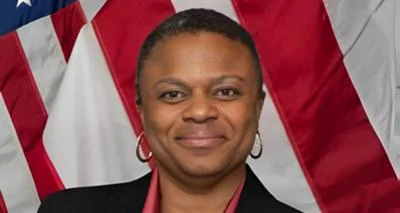The National Community Pharmacists Association (NCPA), in partnership with the University of Southern California (USC), has released a new online tool that allows the public to identify pharmacy shortage areas across the United States. This interactive mapping tool, previously available only to select groups, is now accessible to journalists, policymakers, health officials, community advocates, and members of the public.
The tool was developed by Dima Mazen Qato, an associate professor at USC Mann School of Pharmacy and Pharmaceutical Sciences and senior scholar at the USC Leonard D. Schaeffer Center for Health Policy and Economics. Qato collaborated with Robert Vos and PhD candidate Jeffrey Rozelle from USC’s Spatial Sciences Institute. Funding for the project came from NCPA.
"Pharmacies are a critical access point for the prevention and treatment of acute and chronic illness yet many are closing and not accessible to communities that need them," said Qato. "For decades, the World Health Organization has considered geographic access to pharmacies as a key determinant of access to essential medicines."
Data from the mapping tool show that about one in eight neighborhoods in the U.S., affecting millions of people, do not have convenient access to pharmacy services. The problem is more severe in rural areas and underserved urban communities; some states and counties have shortage rates nearing 50 percent.
The tool defines pharmacy shortage areas by travel distance: more than 10 miles in rural regions, over 2 miles in suburban locations, more than 1 mile in urban settings, or greater than half a mile in low-income neighborhoods with low vehicle ownership.
Recent closures of pharmacies nationwide have left families with fewer options for medication access. The new tool aims to help assess which communities are most affected by these closures now and in the future.
"Independent community pharmacies are the health care safety net in thousands of communities across America, yet they're being systematically squeezed out by payment policies that don't reflect the critical role they play,” said Douglas Hoey, CEO of NCPA. “We need leaders at every level to use this data to protect these lifeline pharmacies before more neighborhoods are in crisis. When you lose your local pharmacy, you lose more than a place to fill prescriptions — you lose a trusted health adviser, a medication safety expert, and often the most accessible health care provider in the community."
"Pharmacy shortage areas represent a persistent and worsening crisis in health care access,” said Ronna B. Hauser, PharmD, NCPA's senior vice president of policy and pharmacy affairs and co-director of the Pharmacy Access Initiative. “This interactive mapping tool can now be used to combat that crisis — identifying critical pharmacies and allowing communities and policymakers to come together to ensure pharmacy access for individuals and families."
Users can search for neighborhoods designated as pharmacy shortage areas between 2010 and 2024; track openings or closures over time; find "critical access" pharmacies whose closure would worsen shortages; view data by state, county or congressional district; and generate printable maps. Updates will include additional features such as travel time analysis.
NCPA represents over 18,900 community pharmacies employing more than 235,000 people nationwide.











 Alerts Sign-up
Alerts Sign-up